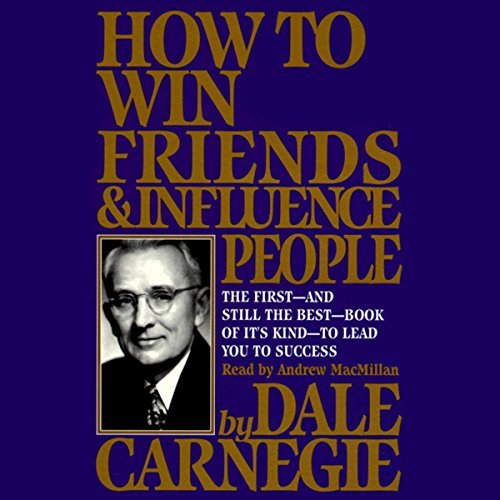





I build with PHP and JavaScript using a structured or unstructured database and deploy into serverless on Google Cloud
I've created a series of microservice APIs and a reusable UI framework that allow me to rapidly prototype ideas without having to repeat any of my work or spend time learning someone else's framework
Deploying into serverless allows me to exclusively focus on building features that the customers pay for instead of wasting time managing and securing servers

The applications I built are routinely used by people in the highest positions at the company. I spent a lot of time building useful tools that automated routine tasks and improved the overall efficiency of the team
I was formally promoted to senior within the first six months of my employment

You can hire me for full stack web application development. I’m very interested in practical computer science and building web applications that are useful and I enjoy solving real world problems
My predominantly used and favourite stack is LAMP-memcached (Linux, Apache, MySQL, PHP and memcached) and I've built most of my applications using this technology stack
Almost all of the applications I've built were complete failures and didn't generate any revenue, but this is totally OK because I learned a lot from each failure, and now I have what it takes to build applications that customers input their credit card details into
Native or bilingual proficiency
Elementary proficiency


